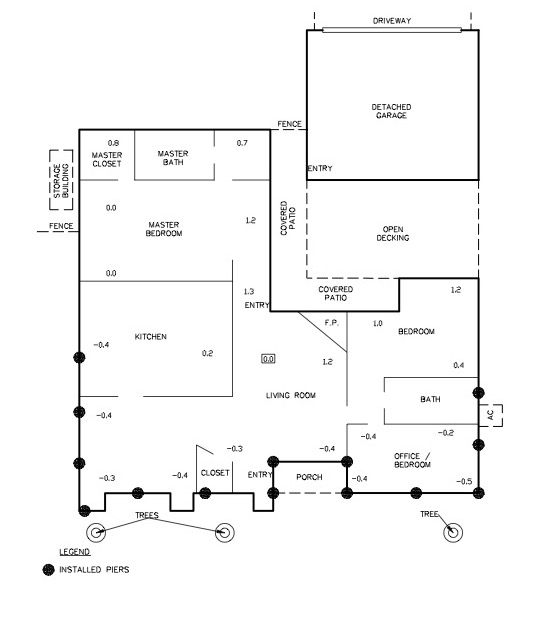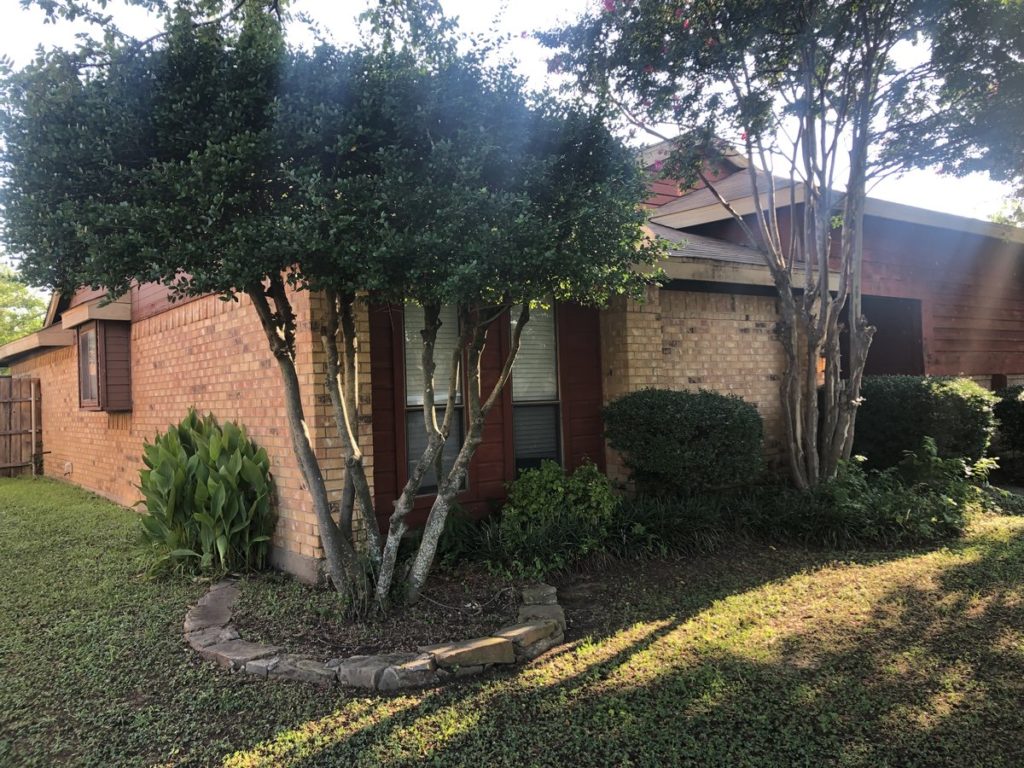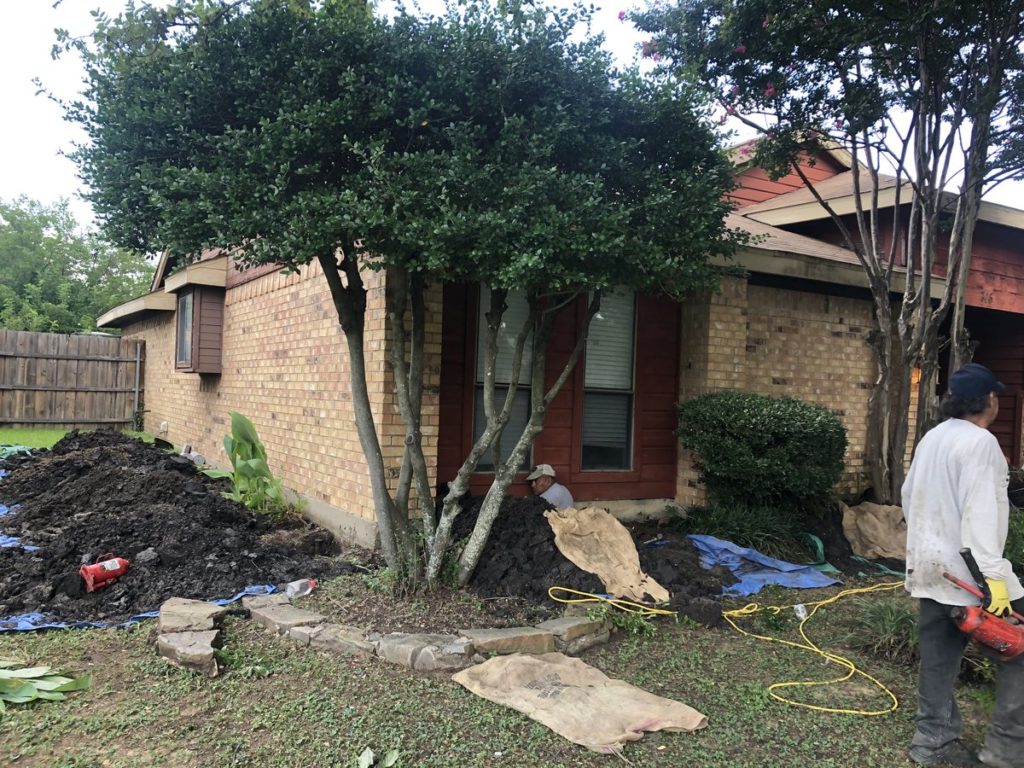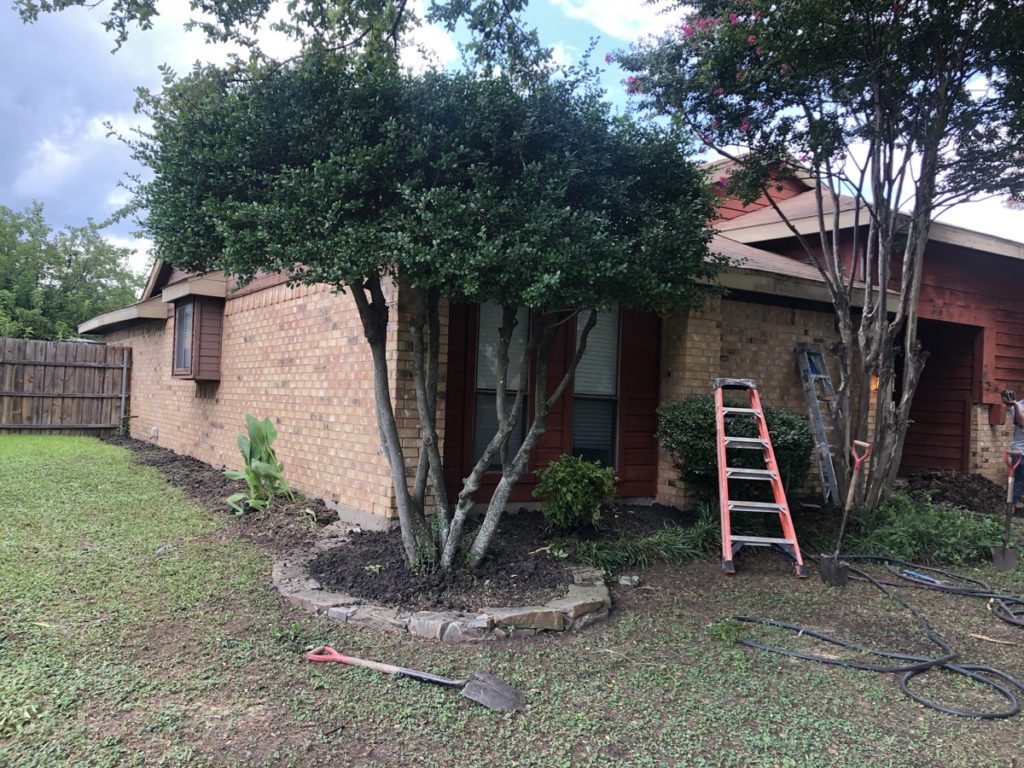How Foundation Repair Impacts Your Home Value
Foundation issues can be a significant concern for homeowners. Whether you’re planning to sell your home or simply want to maintain its value, understanding the impact of foundation repair on home value is crucial. Foundation problems can affect a home’s structural integrity, appearance, and marketability. In this article, we will explore how foundation repair can impact your home value and the benefits of addressing these issues promptly.
Understanding Foundation Problems
Foundation problems can arise from various factors such as soil movement, water damage, or poor construction. Common signs of foundation issues include:
- Cracks in walls or ceilings
- Uneven floors
- Doors or windows that stick
- Gaps around doors or windows
- Leaning or bowing walls
If you notice any of these signs, it’s essential to schedule a foundation inspection to assess the extent of the damage and determine the necessary repairs.
How Foundation Repair Can Increase Home Value
Restoring Structural Integrity
One of the most critical aspects of foundation repair is restoring the structural integrity of your home. A stable foundation ensures that the entire structure is secure and safe. This stability not only protects your investment but also provides peace of mind to potential buyers. A home with a repaired foundation is more likely to pass a home inspection, which can be a significant selling point.
Enhancing Aesthetic Appeal
Foundation issues can cause visible damage to your home’s interior and exterior. Cracks in walls, uneven floors, and misaligned doors and windows can detract from your home’s aesthetic appeal. By addressing these issues through foundation repair, you can improve the overall appearance of your home. A well-maintained home with no visible signs of foundation problems is more attractive to buyers and can command a higher price.
Increasing Marketability
Homes with foundation problems can be challenging to sell. Buyers are often hesitant to purchase a home with known issues, fearing the cost and hassle of repairs. By investing in foundation repair, you can eliminate these concerns and make your home more marketable. A home with a repaired foundation is more likely to attract buyers and receive competitive offers.
Preventing Further Damage
Foundation problems can lead to other issues in your home, such as water damage, mold growth, and pest infestations. By addressing foundation issues promptly, you can prevent these secondary problems and protect your home’s value. Foundation repair can save you money in the long run by avoiding costly repairs and preserving your home’s condition.
Cost vs. Value: Is Foundation Repair Worth It?
Understanding the Costs
The cost of foundation repair can vary widely depending on the severity of the issue and the type of repair needed. Common foundation repair methods include:
- Piering: Steel or concrete piers are driven into the ground to lift and stabilize the foundation.
While foundation repair can be expensive, it’s essential to consider the long-term benefits and potential increase in home value.
Return on Investment (ROI)
Investing in foundation repair can provide a significant return on investment (ROI). A repaired foundation can increase your home’s value by making it more appealing to buyers and reducing the likelihood of future issues. While the exact ROI can vary, many homeowners find that the increased home value and marketability outweigh the initial repair costs.
Financing Options
If the cost of foundation repair is a concern, there are several financing options available. Some homeowners choose to take out a home equity loan or line of credit to cover the repair costs. Additionally, some foundation repair companies offer financing plans to help make the repairs more affordable.
The Role of Foundation Inspection
Importance of Regular Inspections
Regular foundation inspections are crucial for maintaining your home’s value. By identifying and addressing foundation issues early, you can prevent more extensive damage and costly repairs. A professional foundation inspection can provide you with a detailed assessment of your home’s foundation and recommend appropriate repair solutions.
When to Schedule an Inspection
It’s a good idea to schedule a foundation inspection if you notice any signs of foundation problems or if it’s been several years since your last inspection. Additionally, if you’re planning to sell your home, a foundation inspection can provide potential buyers with peace of mind and increase your home’s marketability.
What to Expect During an Inspection
During a foundation inspection, a professional will assess your home’s foundation for signs of damage and instability. This may include:
- Examining the exterior and interior of your home for cracks and other damage
- Checking for uneven floors and misaligned doors and windows
- Evaluating the condition of your home’s foundation and supporting structures
The inspector will provide you with a detailed report of their findings and recommend any necessary repairs.
Conclusion
Foundation repair is a crucial investment for maintaining and increasing your home’s value. By addressing foundation issues promptly, you can restore your home’s structural integrity, enhance its aesthetic appeal, and make it more marketable. While the cost of foundation repair can be significant, the long-term benefits and potential increase in home value make it a worthwhile investment. Regular foundation inspections can help you identify and address issues early, protecting your home and preserving its value.
In conclusion, if you’re experiencing foundation problems or planning to sell your home, consider investing in foundation repair. The impact on your home’s value and marketability can be substantial, providing you with peace of mind and a solid return on investment.





Recent Comments